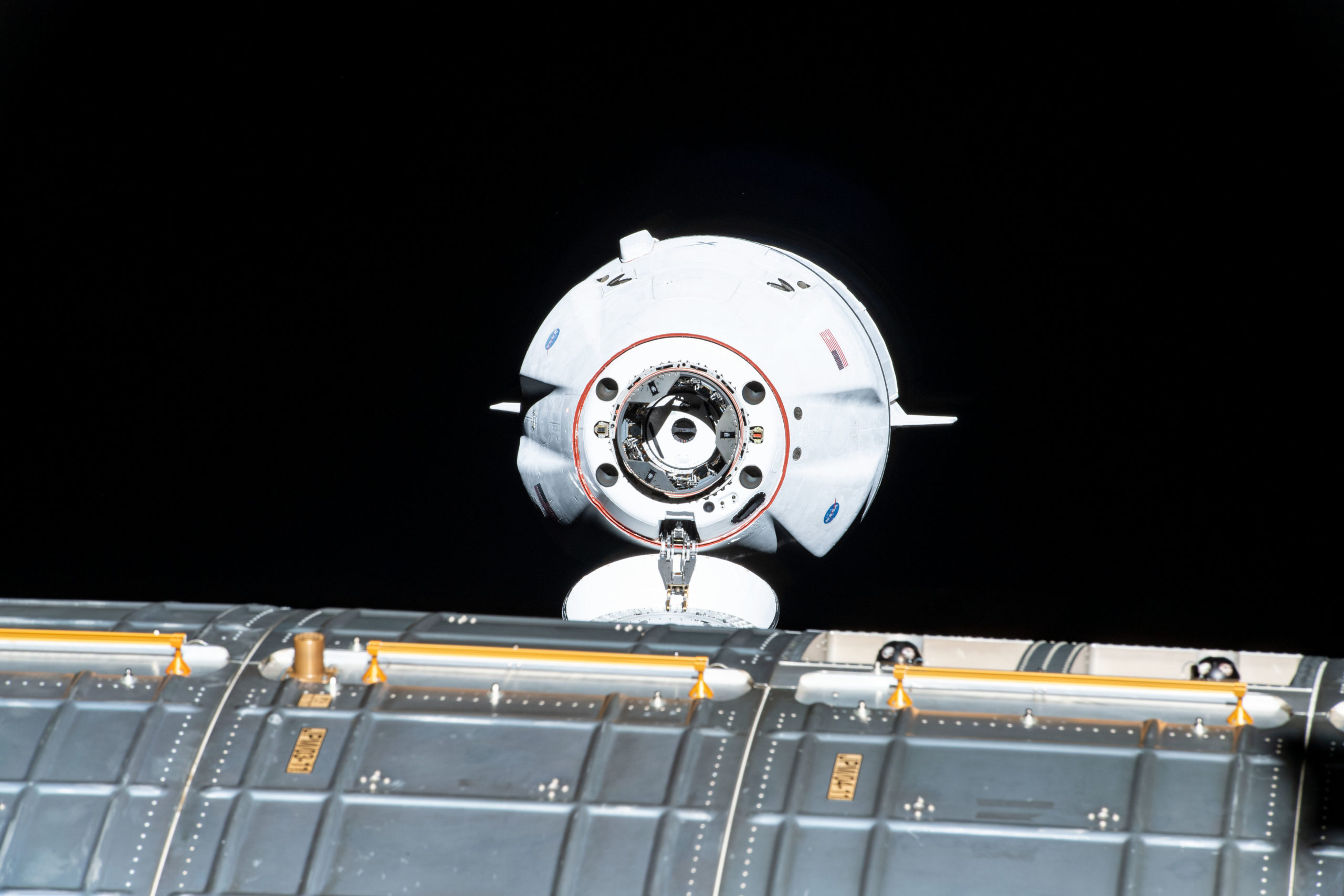
Despite a gloomy weather outlook, SpaceX may launch two Falcon 9s from the Space Coast just six hours apart Tuesday afternoon and evening, one from historic Pad 39A at the Kennedy Space Center (KSC) at 3:54 p.m. EST and a second from neighboring Space Launch Complex (SLC)-40 at Cape Canaveral Space Force Station at 9:57 p.m. EST. If achieved, it will set a new record for the shortest interval between any two Falcon 9 launches, eclipsing the seven hours and ten minutes which elapsed between a pair of missions in October.
The closeness of the two missions comes following Monday night’s postponement of the final flight of B1049—SpaceX’s longest-serving Falcon 9 core—with the all-electric Eutelsat 10B geostationary communications satellite, which will provide inflight and maritime connectivity on behalf of Paris, France-headquartered Eutelsat. Previously scheduled to fly from SLC-40 at 9:57 p.m. EST Monday, the mission slipped 24 hours to the backup “slot” on Tuesday night, to enable SpaceX to conduct “additional pre-flight checkouts”.
The second flight, which will see the brand-new B1076 core lift a brand-new Cargo Dragon to the International Space Station (ISS) for the CRS-26 mission, remains anchored to its original “instantaneous” T-0 at 3:54 p.m. EST Tuesday. The Cargo Dragon is tasked with delivering a wide range of payloads, equipment and supplies to the station’s incumbent Expedition 68 crew—Commander Sergei Prokopyev and fellow Russian cosmonauts Dmitri Petelin and Anna Kikina, together with Japan’s Koichi Wakata and U.S. astronauts Frank Rubio, Nicole Mann and Josh Cassada—and an on-time launch Tuesday afternoon is expected to produce a record-setting 14-hour transit to the ISS and docking at 5:57 a.m. EST Wednesday for a 45-day stay at the station.
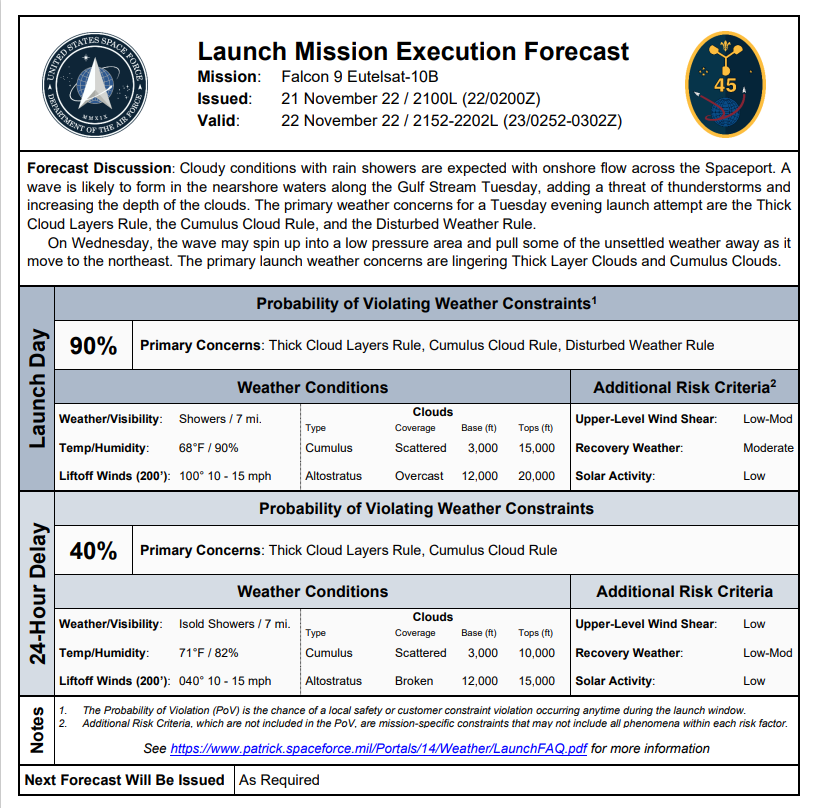
But both flights remain overshadowed by a pessimistic meteorological outlook on the Space Coast. In fact, the 45th Weather Squadron at Patrick Space Force Base is predicting no better than 10-percent likelihood that either mission will fly.
“Cloudy conditions with rain showers are expected with onshore flow across the Spaceport,” the 45th noted in a Monday evening update. “A wave is likely to form in the near-shore waters along the Gulf Stream Tuesday, adding a threat of thunderstorms and increasing the depth of the clouds.”
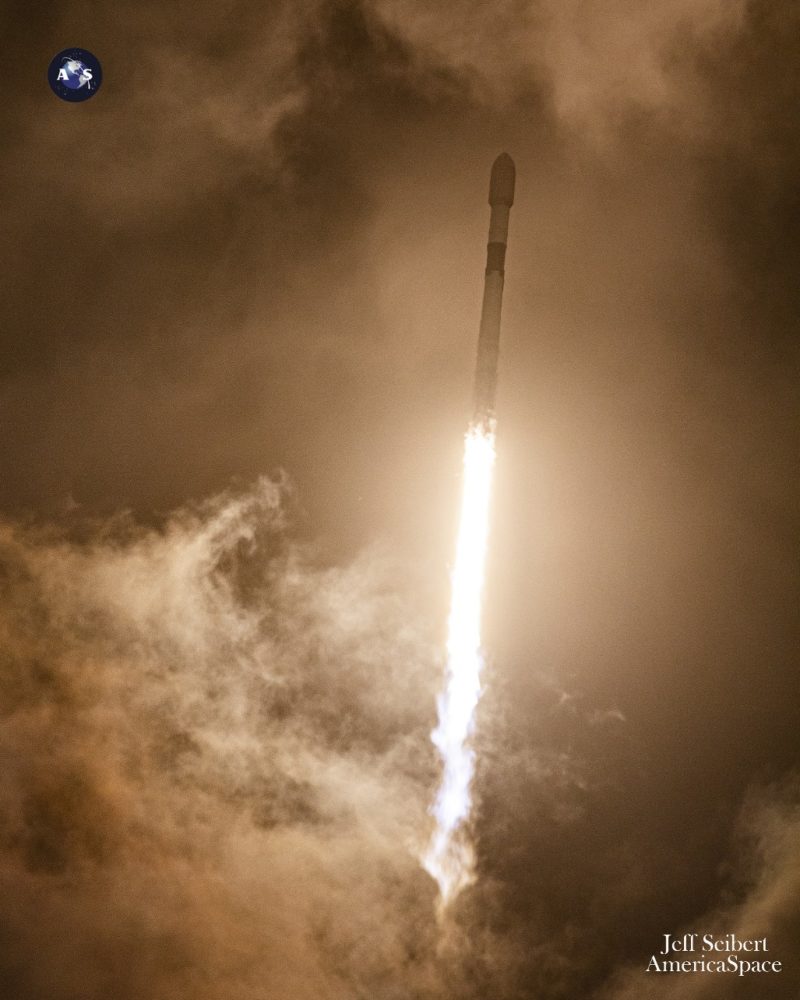
All told, this will hamper both launches with the potential of violating the Thick Cloud Layers Rule, the Cumulus Cloud Rule and the Flight Through Precipitation Rule. If Eutelsat 10B stands down again on Tuesday evening, another opportunity opens on Wednesday night—where weather conditions are expected to brighten to 60-percent-favorable—but a delay for CRS-26 will require teams to realign for a new launch attempt no sooner than 2:20 p.m. EST Saturday, 26 November, pending Eastern Range approval.
“On Wednesday, the wave may spin up into a low-pressure area and pull some of the unsettled weather away as it moves to the northeast,” added the 45th in its summary for the backup Eutelsat 10B launch attempt on Wednesday night. “The primary launch weather concerns are lingering Thick Layer Clouds and Cumulus Clouds.”
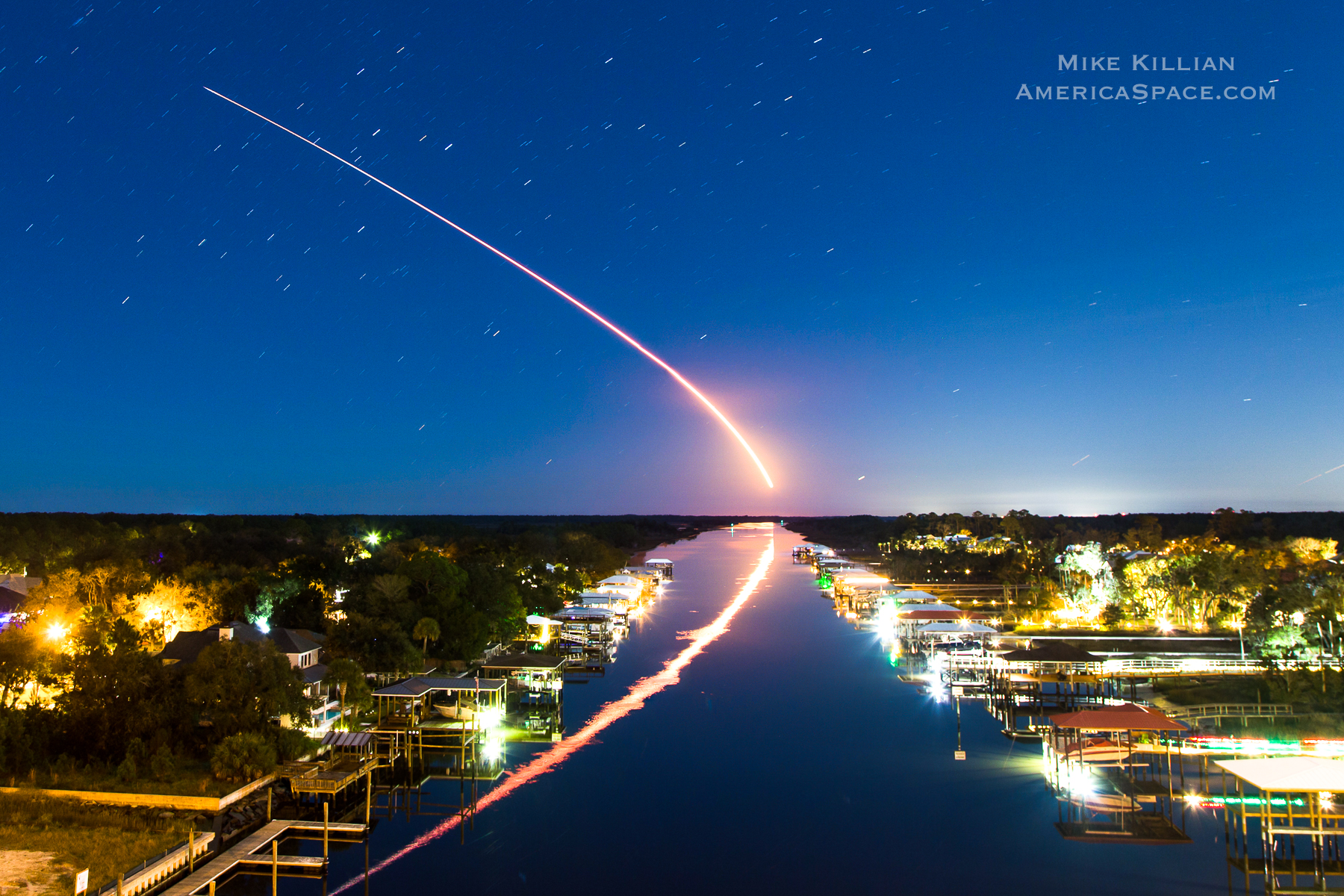
Should both missions take flight on time, six hours and three minutes apart later on Tuesday, they will exceed the seven hours and ten minutes which elapsed between the launches of Dragon Endurance and Crew-5 from KSC in the late morning of 5 October and a 52-strong “stack” of Starlink low-orbiting internet communications satellites from Vandenberg Space Force Base, Calif., later that same day. If achieved, it will mark the third time in 2022 that SpaceX has set a new launch-to-launch record.
At the start of the year, the record stood at 15 hours and 17 minutes, but was shortened in June, when SpaceX launched Germany’s SARah-1 radar-imaging surveillance satellite from Vandenberg and the Globalstar-2 payload from the Cape only 14 hours and eight minutes apart. Last month’s dual launches almost halved that, with Tuesday’s anticipated Falcon 9 double-header expected to shave another hour from the record.
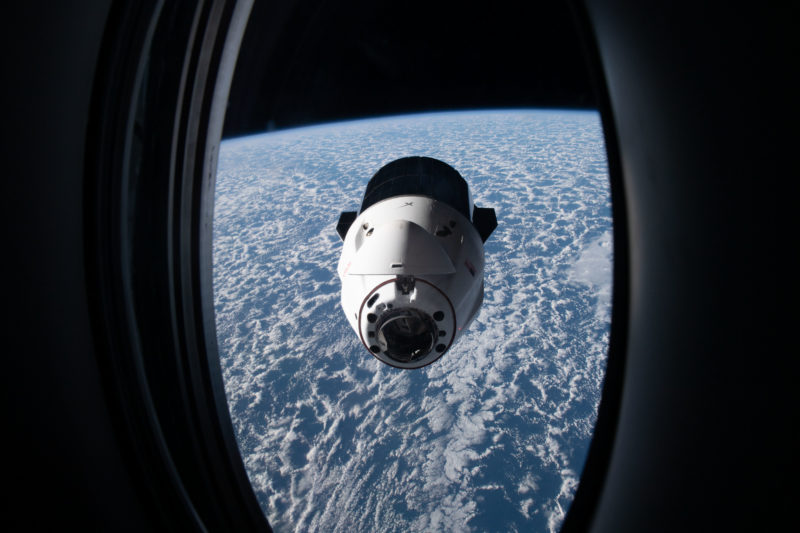
First up, therefore, will be B1076 on her first flight, with an anticipated landing on the deck of the Autonomous Spaceport Drone Ship (ASDS), “Just Read the Instructions”, which put to sea out of Port Canaveral last week. She will ferry the CRS-26 Cargo Dragon to orbit, laden with a smorgasbord of scientific investigations for Expedition 68 and 69, spanning life sciences to technology and in-space construction to tomato cultivation.
The Moon Microscope will test a kit for in-flight medical diagnoses, using a hand-held 60x-100x miniature digital microscope whose imagery can be transmitted directly to ground specialists. The kit could provide diagnostic capabilities for crew members in space or on the surfaces of the Moon or Mars and may support other tasks, such as testing water, foodstuffs and surfaces for contamination and imaging lunar specimens.
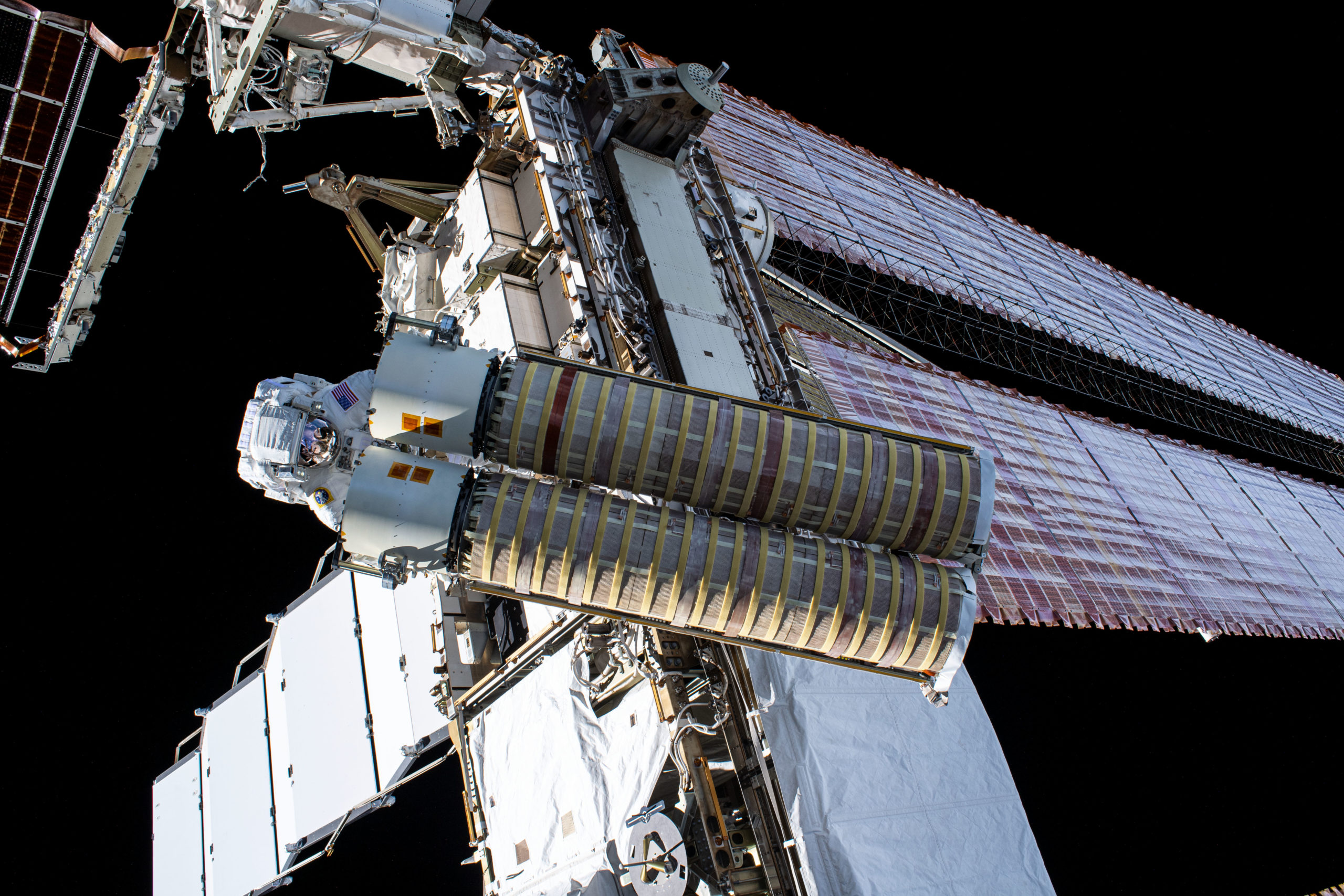
The Veg-05 experiment will expand the crop variety of the station’s on-board Veggie facility from its previous emphasis upon leafy greens to Red Robin dwarf tomato plants, which will be grown and tended for four months, with three “harvests”. This new phase of the ongoing Veggie research focuses on the impact of light quality and fertilizer on production, microbial food safety, nutritional value and taste acceptability.
The Extrusion study seeks to demonstrate the extrusion of photocurable liquid resins into customized forms under microgravity conditions, to create new structural geometries not possible on Earth. It may lay the groundwork for additive manufacturing (or “3D-printing”) of more complicated space structures with specifically tailored properties.
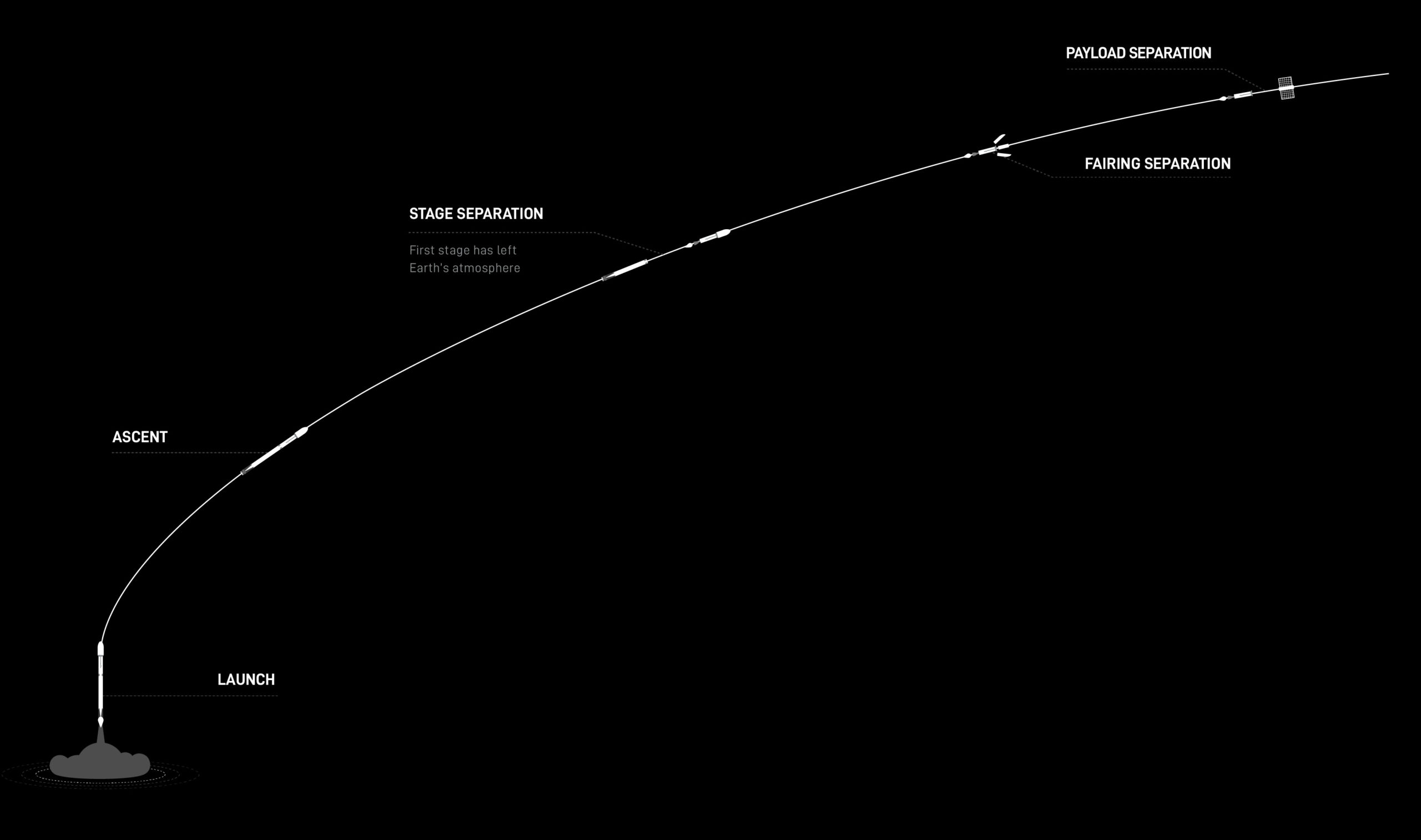
And BioNutrients-2 continues a series of experiments to understand and provide adequate nutrition to future space explorers. It will produce specific quantities of key nutrients from yogurt, a fermented milk product, known as “kefir”, and a yeast-based beverage.
Perhaps most visible aboard CRS-26’s large haul of payloads are the second of an eventual three sets of Boeing-built iROSAs, which will be installed onto six of the station’s eight legacy Solar Array Wings (SAWs) to “shadow” and augment their power-generating potential. As previously reported by AmericaSpace, iROSAs will support future ISS expansion and customers’ burgeoning payload needs, increasing the overall electrical power output from around 160 kilowatts to as much as 215 kilowatts.
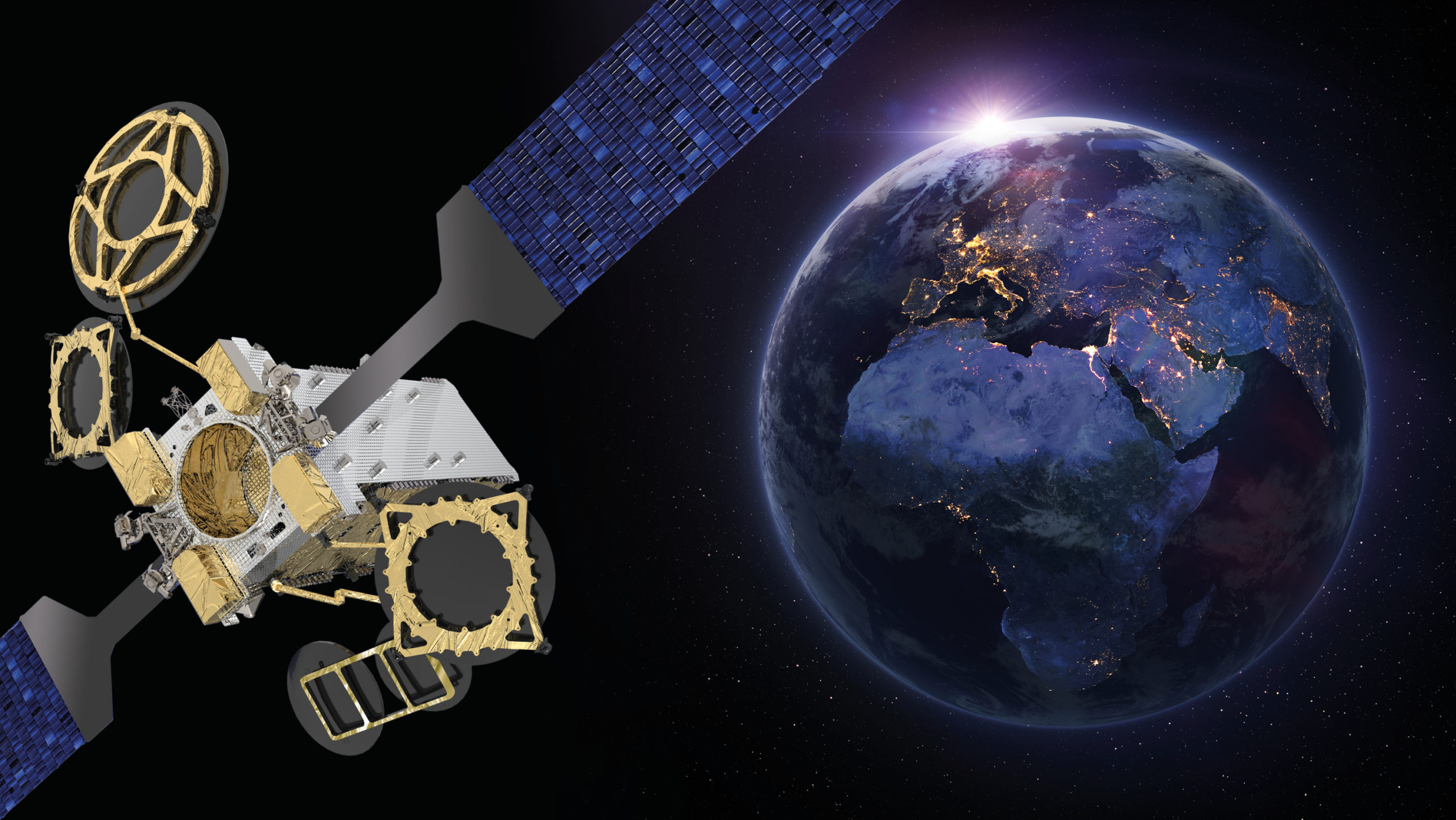
Six hours after the dust settles from the CRS-26 launch, old-timer B1049—SpaceX’s longest-serving booster, having entered the fleet in September 2018—will deliver the 9,900-pound-plus (4,500-kilogram) Eutelsat 10B communications satellite on the first leg of its trek to geostationary altitude. The performance requirements of this mission require B1049 to be expended on this, her 11th outing in 51 months.
Built by Thales Alenia Space, Eutelsat 10B is destined for emplacement at 10 degrees East longitude and carries a pair of multi-beam High Throughput Satellite (HTS) Ku-band payloads with 36 Ku-band and 20 C-band transponders. One of these is devoted to the North Atlantic “corridor”, emphasizing Europe, the Mediterranean basin and the Middle East, whilst the second covers the Atlantic Ocean, Africa and the Indian Ocean, processing more than 50 Ghz of bandwidth and offering a data-throughput rate of about 35 Gbps.




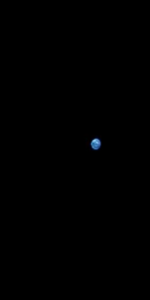
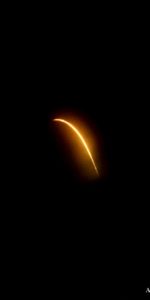
6 Comments
6 Pings & Trackbacks
Pingback:SpaceX Launches Eutelsat 10B, Expends Long-Serving Falcon 9 Booster - AmericaSpace
Pingback:Weather Looks Favorable for CRS-26 Launch, Spacewalkers Identified for Next iROSA Tasks - AmericaSpace
Pingback:يبدو الطقس مواتياً لإطلاق CRS-26 ، تم تحديد رواد الفضاء لمهام iROSA التالية
Pingback:Weather Looks Favorable for CRS-26 Launch, Spacewalkers Identified for Next iROSA Tasks - Space News
Pingback:SpaceX Launches Eutelsat 10B, Expends Long-Serving Falcon 9 Booster - Space News
Pingback:SpaceX Aims for Two Launches Tonight, Watches Vandenberg Weather - Space News